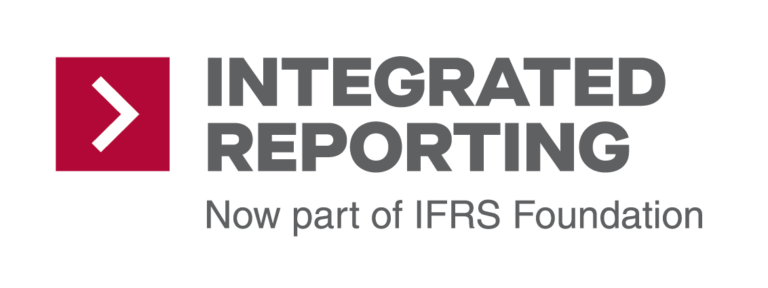In its risk management section, JSW Steel’s integrated report clearly outlines the risks that affect the organisation’s ability to create value in the short, medium and long term. To do so, it presents a table with the main categories of risks, and for each of them, it outlines the risk type, the strategic response, the…
Archives
-
Business model
In relation to strategy and business model, the section sets out the main positive and negative outputs and outcomes (para. 4.18 and 4.19 of the International <IR> Framework) at each stage of the value chain, both qualitatively and with quantitative data. By reporting on negative outputs and outcomes, the report shows where the company’s activities…
-
Business model
DBS's 2019 Annual Report provides an overview of how the bank creates value for its internal and external stakeholders (para. 2.4 of the International <IR> Framework). The business model diagram identifies the capitals that the business draws upon, and the double page spread that follows provides a narrative explanation of how the business uses each…
-
Organizational overview and external environment
Vodacom uses an infographic to show value created for its various stakeholders, including customers, employees and societies. A mix financial an non-financial elements supports the concept of balanced reporting and gives a clear overvew of what forms of value are relevant to each.
-
Risks and opportunities
To assess the long-term viability of an organisation’s business model, it is key to understand that the organisation not only maximises financial capital outcomes for itself and its shareholders, but also assesses outcomes on other stakeholders. EnBW provides a concise overview of the outcomes for the organisation and its stakeholders in terms of the effect…
-
Performance
Barclays Africa’s 2017 Integrated Report effectively demonstrates the connectivity principles in the performance section of its report. Each aspect of the "Performance Reviews" section summarizes "Key matters raised by stakeholders", then connects these interests and needs to the company's material matters which, in turn, are linked to value creation for the organization and for others….
-
Business model
Transnet provides a comprehensive, yet concise business model depiction. Using the various capitals to provide a structure to the business model – all elements as per the Framework are shown – including inputs, activities, outputs (distinguished between positive and negative outputs) and outcomes. This example takes the business model further to note how value is…
-
Business model
Santova’s business model clearly highlights its vision and key differentiators. On page 11 Santova states its inputs, outputs and outcomes which include its different capitals and outcomes both internally and externally. This is all underpinned by Santova’s culture and values, corporate governance and group strategy. The disclosure can be enhanced in future by also including…
-
Business model
Royal Bakofeng Platinum’s business model centres on the fundamental concept of long-term value creation and demonstrates 8 elements underpinning the business model providing connectivity to values, risks and differentiators. The next section shows how the organization draws on 6 capital stocks whilst operating and growing its business. In line with paragraphs 4.12-4.13 of the International…
-
Business model
Kumba Iron Ore’s report provides an excellent example of how a company can integrate their value creation story throughout its report. Each section helps to produce a holistic picture of the value creation process in a concise manner. The business model provides a comprehensive insight into the resources and relationships the company relies upon (in…
